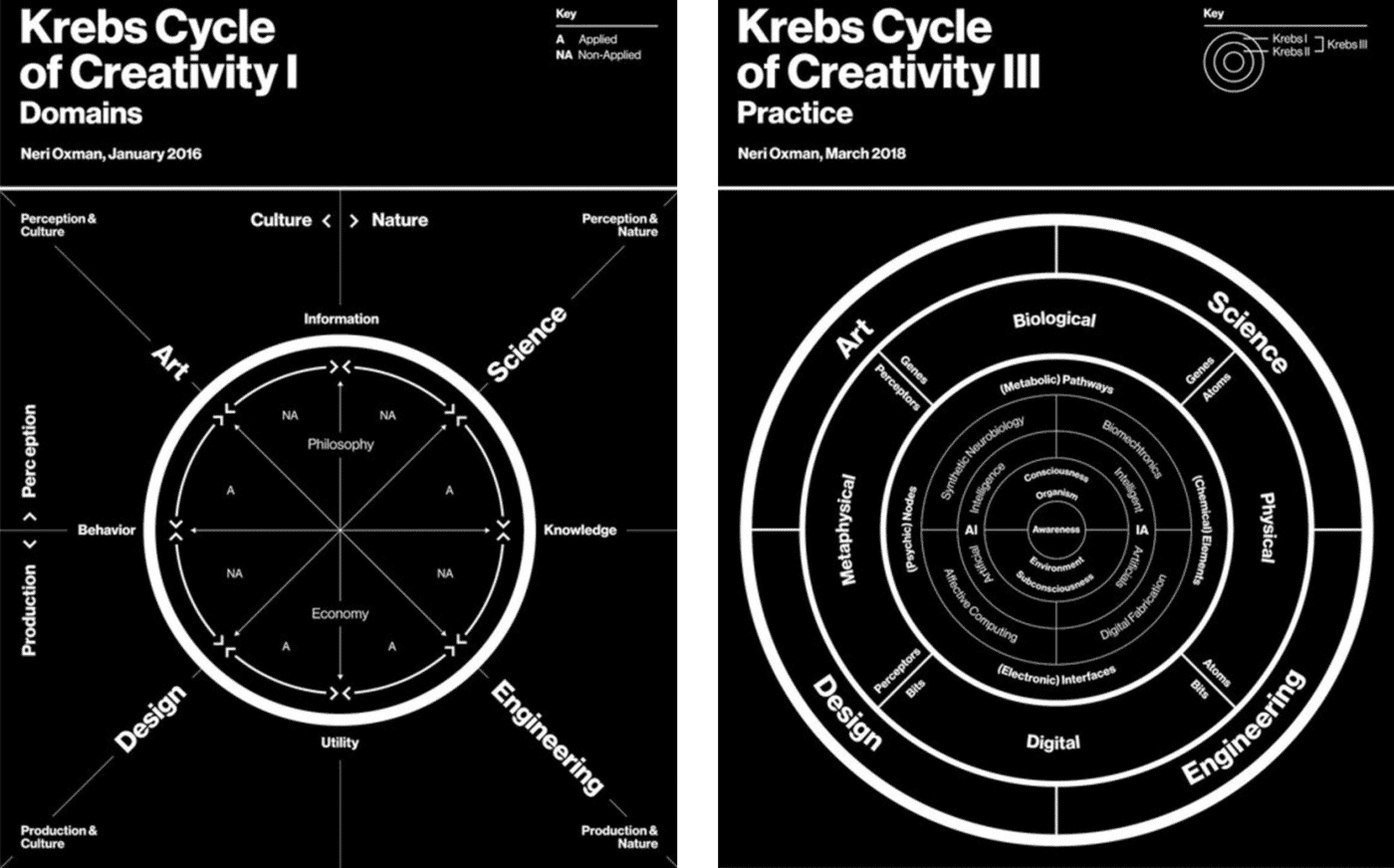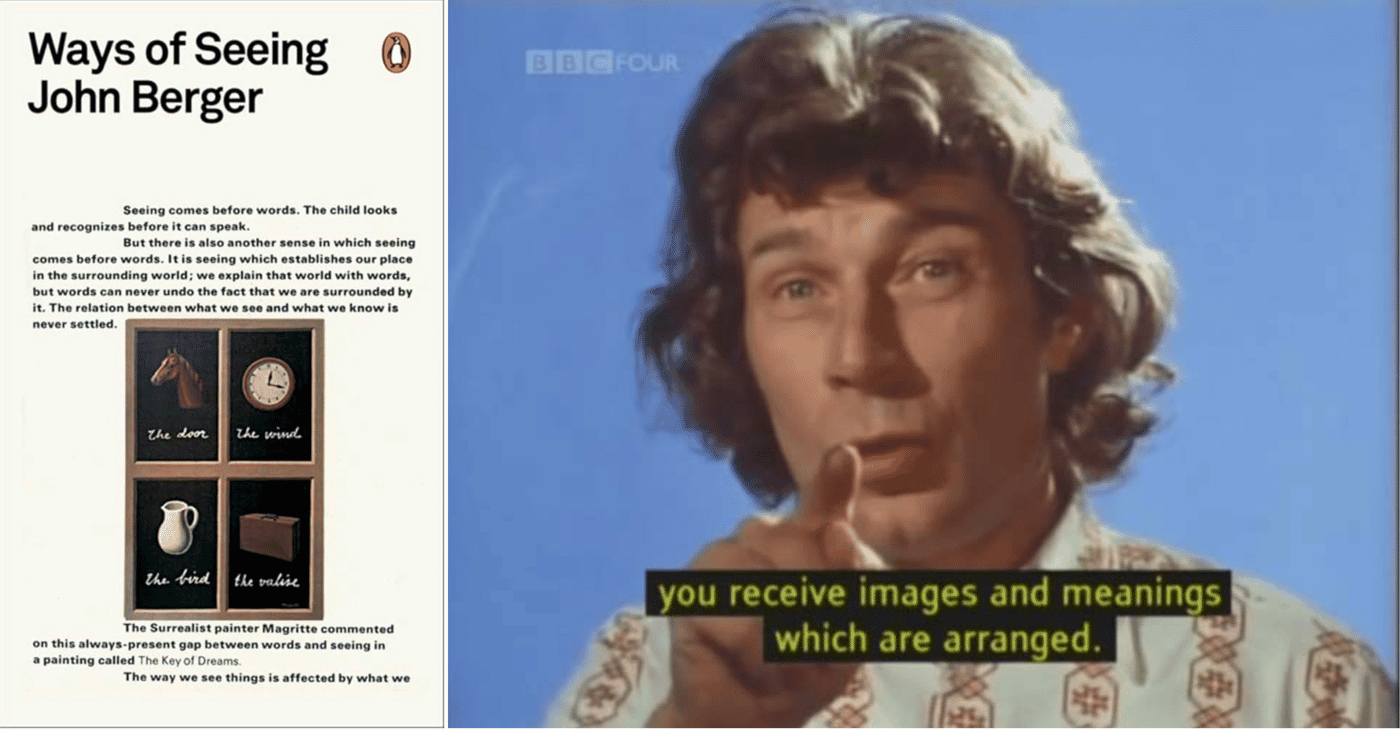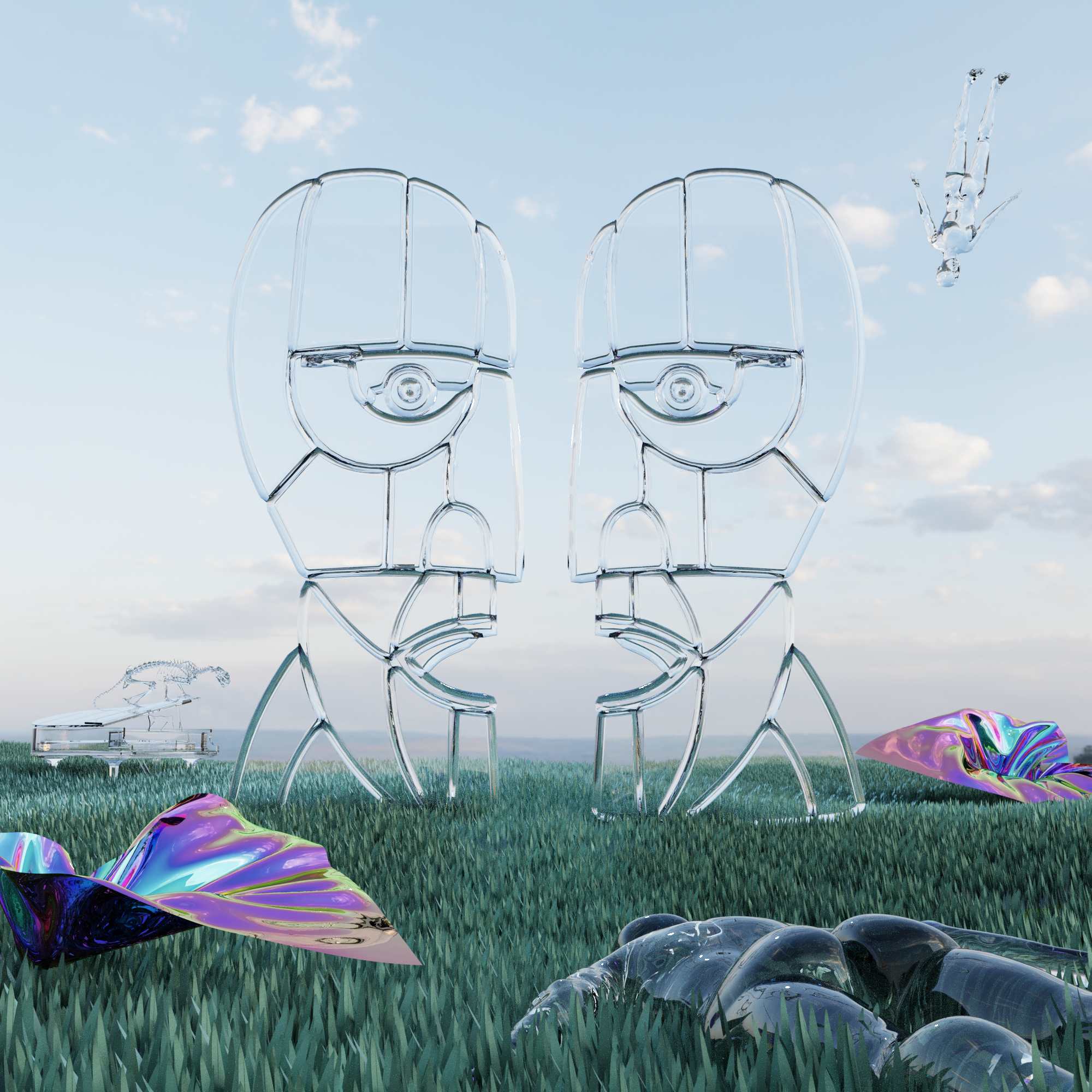#InConversation with Midhun Suresh
By Davangi Pathak | Sep 5 2024 · 10-20 mins
As a multidisciplinary creator with a background in Art and Design, Suresh’s work is dedicated to storytelling that offers immersive experiences. In this interaction, we will delve into Midhun's journey from designer to artist along with interplay of these practices.
Davangi: You have always been interested in storytelling. How do you start with ideation?
Midhun: Storytelling, for me, is the art of connecting life’s intricate elements by highlighting or attaching meaning to them. I see it as a dynamic process that offers the freedom to explore, create, and push the boundaries of imagination. Through storytelling, I weave together a rich tapestry of emotions, crafting narratives that not only captivate but also resonate deeply with the human experience. The process begins with the understanding that storytelling involves a complex layering of both tangible and intangible senses. It requires a keen awareness of how each element exists within its specific context and how it can be reinterpreted or repurposed in another. This involves meticulous observation and study of how various components exist independently and in relation to their surroundings. Central to my approach is critical visual analysis, which enables me to deconstruct and reconstruct elements in a way that underscores their significance and guides the viewer through the narrative. By carefully considering the role and power of each element, I strive to create an environment that not only engages but also informs the viewer’s emotional and intellectual journey. The narrative unfolds through a process of highlighting and emphasizing key aspects, establishing a compelling environment that allows the viewer to both understand and feel the intended emotions. This involves a careful permutation and combination of existing elements, drawing from the vast cultural repository of human understanding. It is essential to maintain novelty and relevance, ensuring that each story contributes to the ever-evolving landscape of collective knowledge and experience. In essence, storytelling is about creating a layered experience that resonates on multiple levels, allowing the audience to navigate the narrative with a sense of discovery and connection. It is a continuous process of deconstruction and reconstruction, where each element is carefully curated to enhance the viewer’s understanding and engagement with the story. It’s how we extract meaning from abstract concepts. In short, my approach can be summarised as: Imagine, Innovate, Introduce.
Davangi: As you mentioned, you are still exploring and playing with the difference between art and design. Would you like to share some of your understanding?
Midhun: For me, art is about infusing life with meaning in a deeply personal and subjective manner, where the intensity of emotions helps us understand our experiences and surroundings. Design, by contrast, involves identifying challenges and crafting strategic solutions within specific parameters. It’s a more structured approach, prioritizing functionality and efficiency. Architecture exemplifies the fusion of art and design—it’s essentially a sculpture with a purpose. The distinction between the two blurs when a sculpture, traditionally viewed as art, takes on a functional role, like providing shelter. In this way, architecture becomes a blend of sculpture and utility. I’m more drawn to engaging in creative processes rather than strictly separating art from design. While this differentiation is important for professional efficiency within specific disciplines, I believe in the adaptability of creative processes that transcend these boundaries. My focus lies in understanding the requirements of a given context and bringing forth the necessary functions and emotions. As mentioned earlier, everything in life is interconnected, and it’s through attaching meaning that we make sense of our experiences. The human experience serves as the common thread linking art and design. I view design as an extension of art, incorporating elements of strategy and function, all existing within a broader observational spectrum that includes science and engineering.


Image courtesy : MIT Media Lab, Krebs Cycle of Creativity by Neri Oxman
Davangi: How do you utilise that understanding about differentiation to create your works?
Midhun: I approach my work with the belief that everything in life is interconnected, and it is through the attachment of meaning that we truly comprehend our experiences. To me, design without strategy is merely decoration, and the value of decoration is inherently subjective. The human experience serves as the common thread linking art and design, with design acting as an extension of art, enriched by strategy and functionality. This perspective allows me to create works that seamlessly integrate these principles within a broader observational spectrum that also includes science and engineering. By balancing creative and strategic aspects, I strive to produce outcomes that are both meaningful and functional, reflecting the intricate interplay between art, design, and the human experience.
Davangi: You were pursuing a design course and later decided to drop it to pursue fine arts and work with various design agencies. How has the whole journey been, and how much has it contributed to your practice?
Midhun: I initially pursued a course in Visual Communication with a focus on Graphic Design in Bangalore, where the curriculum was heavily centered on design through software. During this period, I embarked on a research project on visualization, which ignited my interest in the creative process—specifically in how ideas originate and are transformed into visual forms, with each element playing a purposeful role within the work. This exploration led me to recognize the importance of reverse-engineering narratives within a body of work and developing stories at a foundational level, offering a parallel interpretation to the final piece. As I delved deeper, I realized that much of the design work was heavily influenced by existing visuals, often lacking in conceptual depth. My exposure to art history and various art movements fueled my curiosity about the evolution of art, design, and culture. This new perspective inspired me to transition to a more art-focused environment where these conversations were more prominent. I subsequently pursued a Bachelor of Fine Arts in Applied Art from the College of Art, New Delhi, to deepen my understanding of art and its historical context. This education allowed me to apply my design knowledge more effectively. While completing my bachelor’s degree, I worked with various design agencies to support myself, which broadened my professional experience. This exposure enabled me to explore multiple design disciplines, fostering a cross-functional approach. Over time, I have taken on diverse roles, including Graphic Designer, Publication Designer, Creative Lead, Production Designer, Illustrator, Video Editor, Graffiti Artist, Digital Producer for Footwear, Content Producer, CG Artist, Product Designer, and Industrial Designer. These roles have provided me with a comprehensive and multifaceted perspective, enhancing my ability to undertake projects requiring both creative direction and technical execution. This journey has significantly shaped my adaptive and versatile approach to my professional career.
Davangi: What criteria do you consider when selecting the theme and colour palette for your work?
Midhun: When selecting a theme and color palette for my work, I prioritise flexibility over sticking to a specific style. My process begins with understanding the emotion that needs to be conveyed and building a stimulating experience that fully engages the viewer. I employ techniques like spotlighting and highlighting to define the subject and its relationship with its surroundings, adjusting this approach according to the medium. For physical spaces, I consider all five senses—sight, sound, touch, smell, and even taste—to create a rich sensory experience, where elements like texture, lighting, and spatial dynamics play a crucial role. In contrast, digital media relies more on sight and sound, with imagery, color, and audio integration being key to delivering the intended message. The selection of visual elements, including the color palette, is a deliberate process. At times, these elements are arranged abstractly to enhance the narrative and evoke a specific or diverse emotional response. By carefully considering how the subject interacts with its environment, I aim to create a cohesive experience that aligns with the overall theme, engaging multiple senses to deepen the impact.
Davangi: Are there any artists, their methodologies, or aspects of their lives that serve as inspiration for you? (This could include peers whose work you find particularly exciting)
Midhun: Many individuals and creative works have inspired me throughout my journey. I make it a point to learn from different people or collectives daily, gaining insights into the various approaches that drive progress. My focus lies in observing and studying the common threads within these diverse methods, allowing me to continuously evolve. Key influences include John Berger’s works, particularly Ways of Seeing, for its profound insights into visual culture, Pablo Picasso’s modernist reinvention, and Banksy’s sharp, direct messaging. Khyati Trehan’s adaptability, Malika Favre’s mastery of visual translation, Alan Watts’ philosophical explorations, Paula Scher’s rational approach to creative decision-making, and A.R. Rahman’s ability to translate context through music have all played a significant role in shaping my approach, guiding me in refining my creative process.


Image courtesy : BBC Four, Ways of Seeing Documentary, John Berger
Davangi: Would you like to discuss any upcoming projects? Do you plan to experiment with different mediums in your future work?
Midhun: I’m currently working as a Creative Consultant with a team focused on developing and designing sustainable spaces, including several new projects centered around spatial design. As digital media experiences reach a saturation point, I’m committed to exploring new ways to reconnect individuals and revive collective emotional connections, which are often lost in today’s marketing-driven landscape where similar content is repurposed under different brands. My current practice emphasizes building experiences that prioritize human interaction, fostering a collective emotional connection amid our evolving digital environment. Given the limitless possibilities of modern media, I’m dedicated to introducing unconventional and experimental techniques in storytelling to create more immersive experiences. This opportunity allows me to experiment with the fundamental elements of experience, reinterpreting them across different scales and applications to create cohesive and engaging narratives. I’m particularly interested in exploring how storytelling can adapt across various mediums, such as audiovisual experiences, mixed reality, spatial design, and interactive design, to push the boundaries of how we consume and connect with media.
Click here to view Midhun's Online Viewing Room and learn more about his practice.


